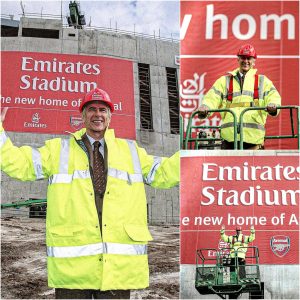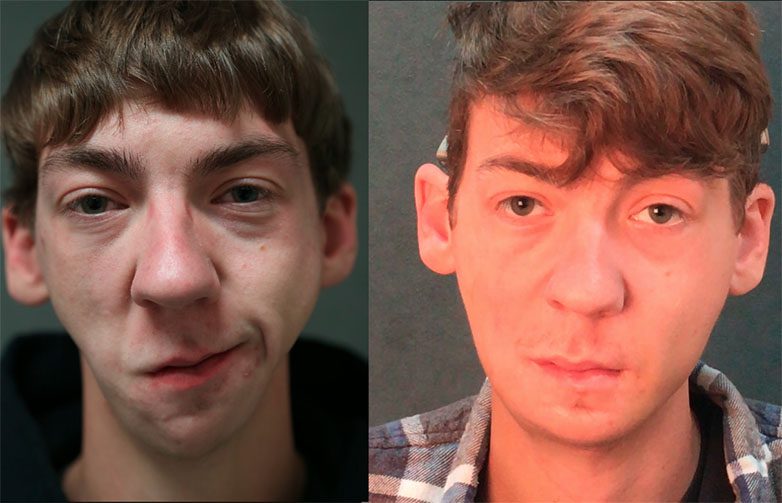
A child born with facial palsy cannot smile or laugh, or express any facial movement at all.
The act of facial motion starts in the brain and travels through the facial nerves to the muscles in the face. The coordinated activity of this nerve and these muscles cause motions such as smiling, blinking, frowning, and a full range of normal facial motions.
Facial paralysis in children can be caused by the failure of the brainstem nuclei to develop (a condition known as Moebius Syndrome), a trauma to the nucleus of the facial nerve, and tumors or trauma to the facial nerve.
A variety of medical techniques, coupled with cosmetically placed incisions, can restore a smile to a child’s face. To achieve facial balance and reanimation, surgeons are employing eyelid weights, local muscle slings, nerve grafts and microvascular muscle transplants.
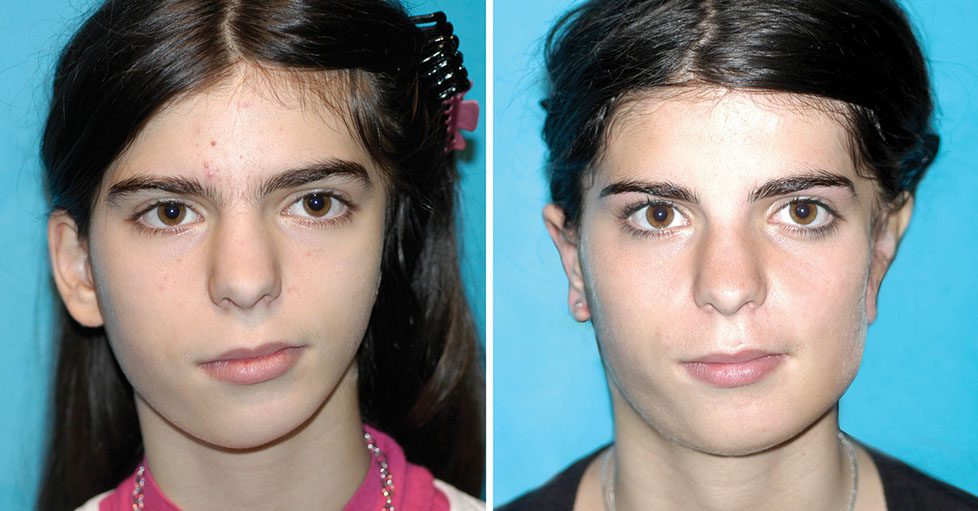
Hemifacial microsomia (HFM) is a condition that affects the bone, muscle, fat, and nerves of the face.
The physical deformities and traits of HFM vary on a spectrum from a mild presentation with slight asymmetry to severe absence of facial structures. This condition is progressive and becomes more apparent as the individual matures. HFM is the second most common facial deformity. It occurs in approximately 1 in every 5,600 births. The cause is unknown, and there is no gender predilection.
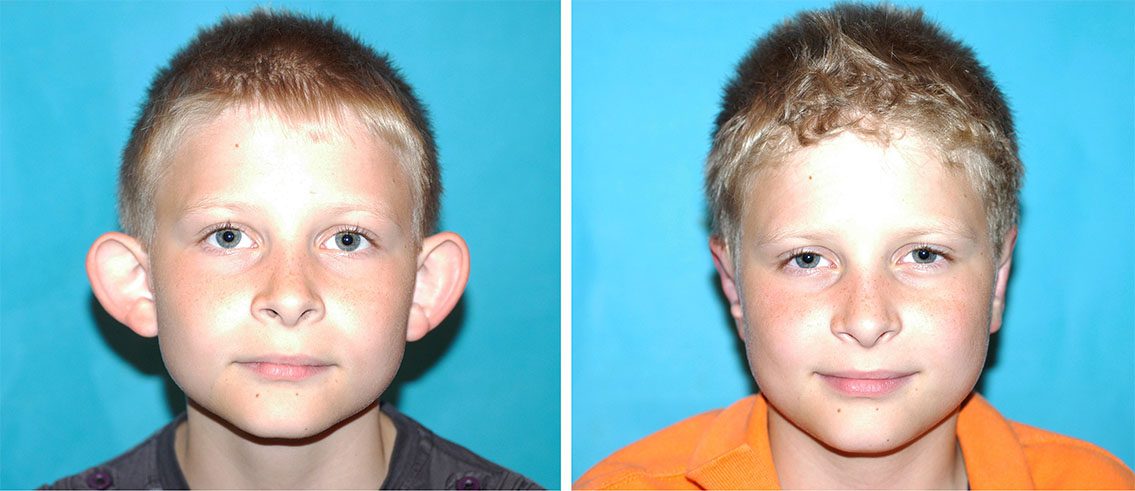
Many children are born with protruding or disfigured ears, which may become a source of painful emotional trauma as the child tries to “fit in” with his or her peers.
Reconstructive ear surgery, commonly referred to as otoplasty, can improve the shape, position or proportion of the ear, as well as increase the child’s self-esteem significantly. The surgery can correct a congenital birth defect in the ear structure that becomes more apparent as the child develops, or it can treat misshapen ears caused by injury.
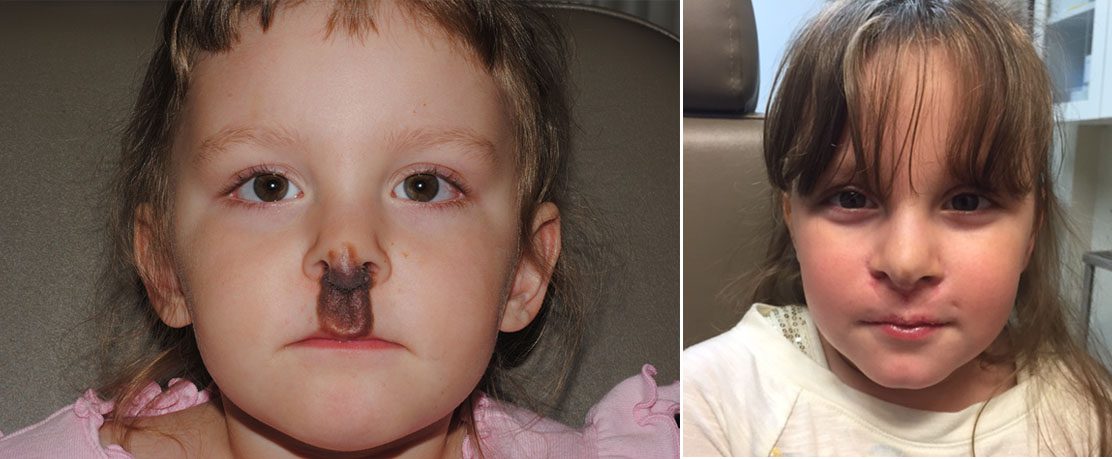
Although birthmarks are a common occurrence, some children may be born with concentrated areas of hyperpigmentation, called vascular birthmarks; which appear as red or brown spots on the face or neck. Vascular birthmarks are classified as either hemangiomas or vascular malformations and can be corrected through surgery.
Often, these skin defects present themselves at birth and fade as the child ages, but severe hemangiomas may require corrective surgery with skin grafting techniques to ensure that the child has a normal quality of life and a childhood free from peer ridicule.
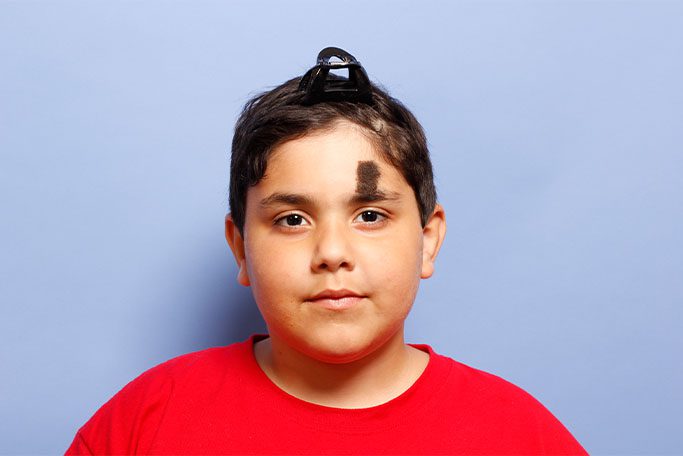
Pigmented spots (nevi), while part of the normal aging process, are not common in children. Occasionally congenital pigmented nevi are important to note because they are considered to have a small chance of malignant degeneration.
Small nevi can be removed without much difficulty in just one excision procedure. However, larger congenital pigmented nevi pose a demanding reconstructive challenge and should be treated by experienced pediatric plastic surgeons, such as those of The Little Baby Face Foundation. The removal of very large nevi may require multiple stages or placement of tissue expanders to create extra skin. In cases where the hairy nevus is located on the nose, ears or eyelids removal may include a skin graft from another part of the body.





